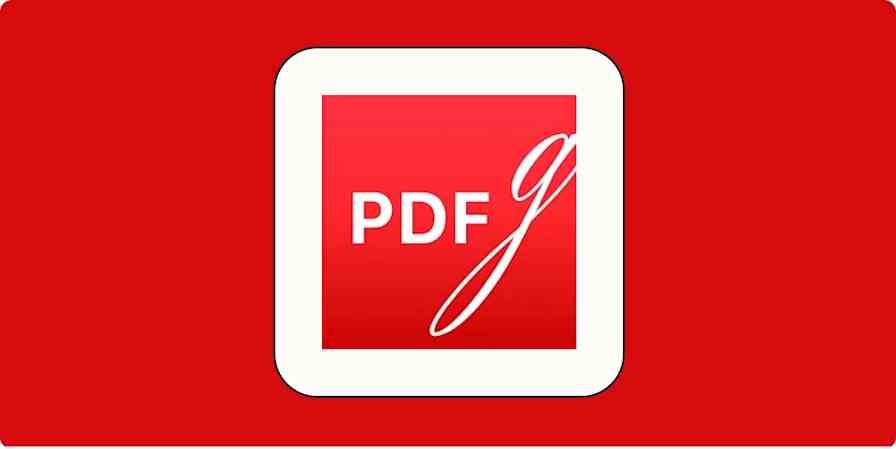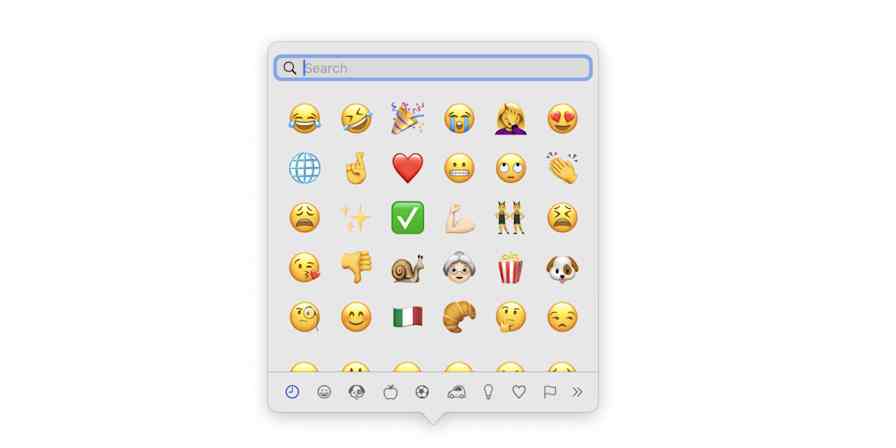App tips
10 min readWrite faster: Your manual to Markdown, the web's simplest plain-text syntax
By Matthew Guay · February 18, 2025

Get productivity tips delivered straight to your inbox
We’ll email you 1-3 times per week—and never share your information.
tags
Related articles
Improve your productivity automatically. Use Zapier to get your apps working together.








